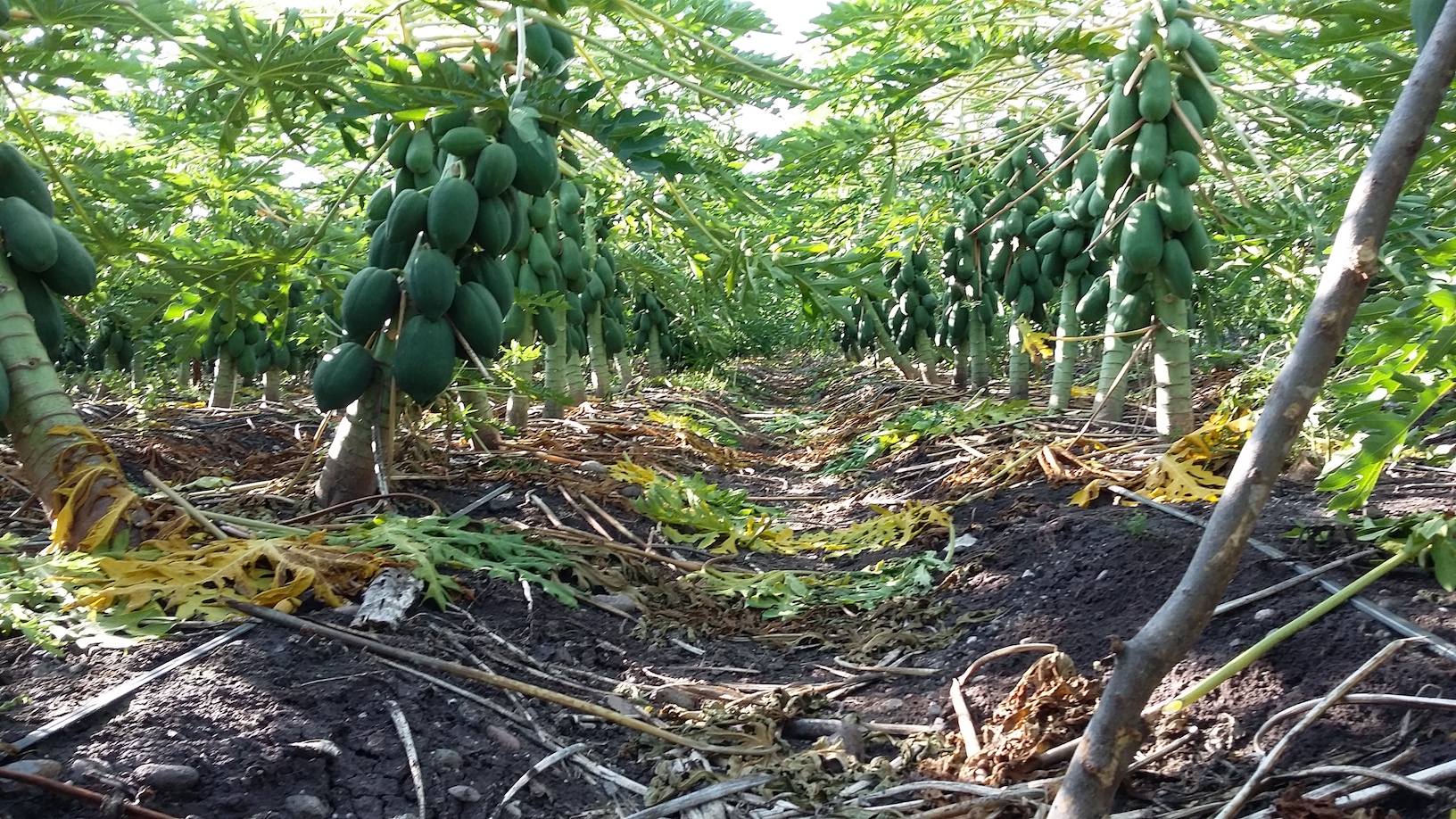Comparison of agricultural and economic productivity of sustainable and conventional papaya in Michoacan, Mexico
DOI:
https://doi.org/10.15517/am.v31i2.38615Keywords:
Carica papaya L., agronomic management, crop yield, responsible investment in agriculture, profitabilityAbstract
Introduction. In Buenavista, Michoacan, Mexico, the area planted with papaya (Carica papaya L.) is of the Maradol Roja variety and most farmers use a conventional agricultural production model, where the productivity and profitability of the crop is not known with certainty. culture; therefore, it is important to know these two variables in order to obtain an efficient production that in the medium term allows them to improve the socio-economic environment of the farmers. Objective. Compare a sustainable agricultural production model against the conventional papaya production model, to identify agricultural production and the cost-benefit ratio. Materials and methods. The experiment was carried out in the municipality of Buenavista, Michoacan, Mexico during 2015. It was characterized by having two experimental units, one treatment per unit [sustainable and conventional] with a simple randomized sampling. Fruit weight, total soluble solids, and fruits per plant were evaluated. Statistical analysis included Levene’s test, Kolmogorov-Smirnov, and Lilliefors test, ANOVA and non-parametric Mann-Whitney U test. Economic analysis was carried out with the indicators: total investment cost, total income, cost-benefit ratio, profitability, and break-even point. Results. The sustainable model showed for fruit weight 1.71 kg, 38.06, fruits per plant, total investment cost of USD $ 8,736.83 ha-1, cost-benefit ratio of 2.24, and an equilibrium point of 38.47 %. The conventional model showed 2.20 kg in fruit weight, 53.72 fruits per plant, a total investment cost of USD $ 9,262.03 ha-1, cost-benefit ratio 1.08, and an equilibrium point of 90.11 %. Conclusion. The conventional model was economically unfavorable, so it is suggested to gradually improve it until it becomes profitable. The sustainable model proved to be very economically attractive and to have efficient use of local natural resources.
Downloads

Downloads
Additional Files
Published
How to Cite
Issue
Section
License
1. Proposed policy for open access journals
Authors who publish in this journal accept the following conditions:
a. Authors retain the copyright and assign to the journal the right to the first publication, with the work registered under the attribution, non-commercial and no-derivative license from Creative Commons, which allows third parties to use what has been published as long as they mention the authorship of the work and upon first publication in this journal, the work may not be used for commercial purposes and the publications may not be used to remix, transform or create another work.
b. Authors may enter into additional independent contractual arrangements for the non-exclusive distribution of the version of the article published in this journal (e.g., including it in an institutional repository or publishing it in a book) provided that they clearly indicate that the work was first published in this journal.
c. Authors are permitted and encouraged to publish their work on the Internet (e.g. on institutional or personal pages) before and during the review and publication process, as it may lead to productive exchanges and faster and wider dissemination of published work (see The Effect of Open Access).



























